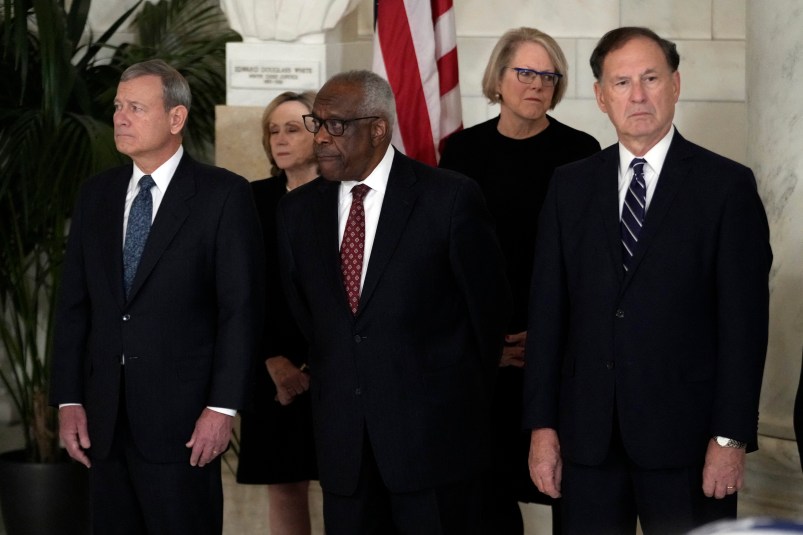I am about at my wit’s end with Times‘ analysis and trend pieces. Just stop! (A subject for another day.) But this one on Trump’s deal-making and actual failure to make really any deals in 17 months as President contains a highly salient quotation, which we will need to think about a lot over the coming years. The words are from Daniel M. Price, a Bush era trade advisor. “What the president seemingly fails to understand is that in foreign policy and in trade policy — unlike in real estate transactions — the parties are all repeat players. The country you insult or seek undue advantage over today you will have to work with again tomorrow.”
This is a topic we’ve talked about before, one that is very basic to international affairs and even basic business and legal studies theories of mediation and negotiation. I’d written about this at length in a number of posts. But late last year TPM Reader DM pointed me this post by Bill McBride at the Calculated Risk economics blog. It’s a clear and concise explanation.
In general, there are two types of negotiations. There is the “win-lose” type (or Distributive negotiation) where one party receives more and the other party receives less. This is the common approach when buying a car or real estate, or haggling at a street market.
The other type of negotiation is “win-win” (or Integrative negotiation). This type is used when negotiating between a company and a worker’s union, with long term suppliers, negotiating agreements between international allies – and even with adversaries.
The tactics for the two types of negotiations are very different. In the first type (win-lose), bluffing, threats (like threatening to walk away), even lying are commonly used. (Sound familiar?)
The approach to an integrative negotiation includes building trust, understanding the other party’s concerns, and knowing the details of the agreement – with the goal to reach a mutually beneficial agreement.
Price’s and McBride’s points are basically the same. If you’re going to be dealing with the same players again and again, using threats or bad faith to make a one-sided deal really isn’t necessarily in your longterm interest. Because you’re going to have to deal with that cheated player again. This doesn’t even work as well in real estate as Price suggests. Consider Trump himself. No US banks would even do business with him before he became President. Lots of people in lots of industries wouldn’t do business with him anymore because he’d simply cheated too many people.
Here’s another favorite post of mine from June 2016 (the correspondence is from August 2015) in which a New York real estate executive who’s done business with the Trump Organization and knows that world explained Trump’s MO. It’s a mix of schmoozing, chaotic head games and threats that puts adversaries off balance and gets them to agree to terribly disadvantageous agreements and sometimes even keep coming back for more. It’s worth rereading. You’ll recognize a lot of it.
All of which brings us back to the Presidency. President Trump has torn up TPP, the global climate agreement, DACA, the Iran nuclear agreement. He’s threatening to do the same with NAFTA. He hasn’t replaced any of these with anything else. And he’s accomplished nothing on the trade front other than an escalating round of tariffs and reprisals. We can mock Trump over these failures. And we should. But the bigger point is that this approach is highly unlikely to ever work. But it’s the only mode he knows so he keeps doing it over and over again. It’s also uniquely damaging for the United States. The whole global system of alliances, trade regimes, international bodies and the rest is one that uniquely advantages the United States. Trump is like a revisionist power upending the US imperium or global order. Yet he’s the US President. The damage is immense. We need to give thought to how we will collectively undo it.






